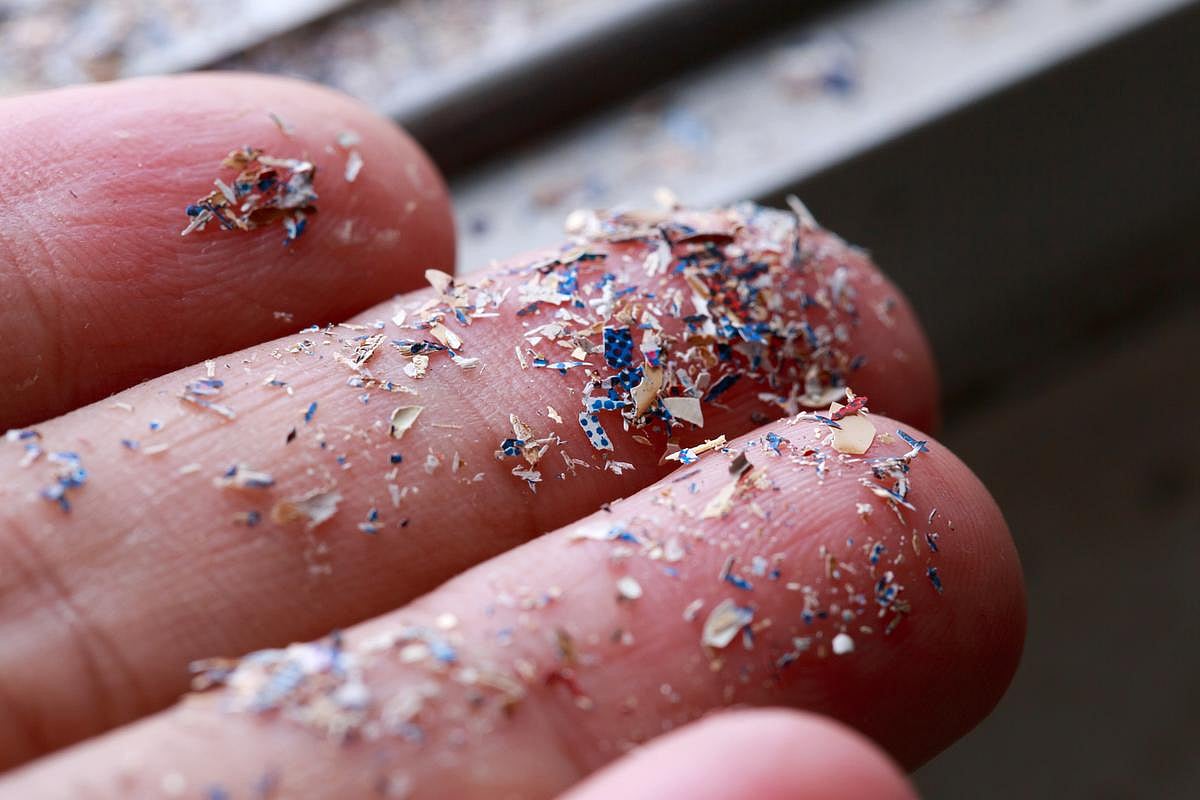Get Healthy!

- Posted July 31, 2025
You Might Inhale 68,000 Microplastics Per Day
THURSDAY, July 31, 2025 (HeathDay News) — Scientists say the average person may be inhaling microscopic, lung-penetrating plastic particles at a rate that’s 100 times what was previously assumed: 68,000 per day.
“Everywhere we look, we find microplastics, even in the air we breathe inside our homes and cars,” said the French team who conducted the study. “The biggest concern is how small these particles are, completely invisible to the naked eye. We inhale thousands of them every day without even realizing it.”
The study was led by Nadiia Yakovenko of the University of Toulouse and published July 30 in the journal PLOS One.
As the researchers noted, prior research has sought to estimate how many microplastics people breathe in daily. But those studies focused on relatively large particles — about 20 to 200 micrometers in diameter.
Yakovenko’s team tracked even more minute plastic particles, ranging from 1 to 10 micrometers across — far smaller than a human hair. Their incredibly small size means these invaders can penetrate deep into the lungs.
The French team used high tech equipment to measure concentrations of microplastics in 16 air samples from their own apartments and cars.
They found that in their apartments, an average of 528 microplastic particles per cubic meter floated in the air they breathed. That rose to 2,238 particles per cubic meter for car interiors, tested under normal driving conditions.
Most (94%) of these particles were very tiny — between 1 to 10 micrometers in diameter.
Yakovenko’s team estimated that people breathe in 3,200 larger (10 to 300 micrometers in diameter) microplastic particles per day and 68,000 smaller ones (1 to 10 micrometers).
The findings point to “indoor air as a major and previously underestimated exposure route of fine particulate microplastic inhalation,” the researchers said.
Just how harmful are these microplastics? The jury is still out on that.
However, in a study presented in April at a meeting in Chicago of the American College of Cardiology, researchers from Case Western Reserve School of Medicine in Cleveland reported that high blood pressure, diabetes and stroke rates are higher in coastal or lakefront areas of the U.S. with greater concentrations of microplastics in the environment.
Research presented at meetings is typically considered preliminary, until published in a peer-reviewed journal.
Microplastics might even be harming the brain. In a study published in 2024, researchers in Germany and Brazil found that 8 of 15 autopsied adults had microplastics detected within their brain's smell centers, the olfactory bulb.
Particles have also been detected in human lungs, intestines, liver, blood and testicles, and even in semen.
More information
Find out more about microplastics at Stanford University.
SOURCE: PLOS One, news release, July 30, 2025







